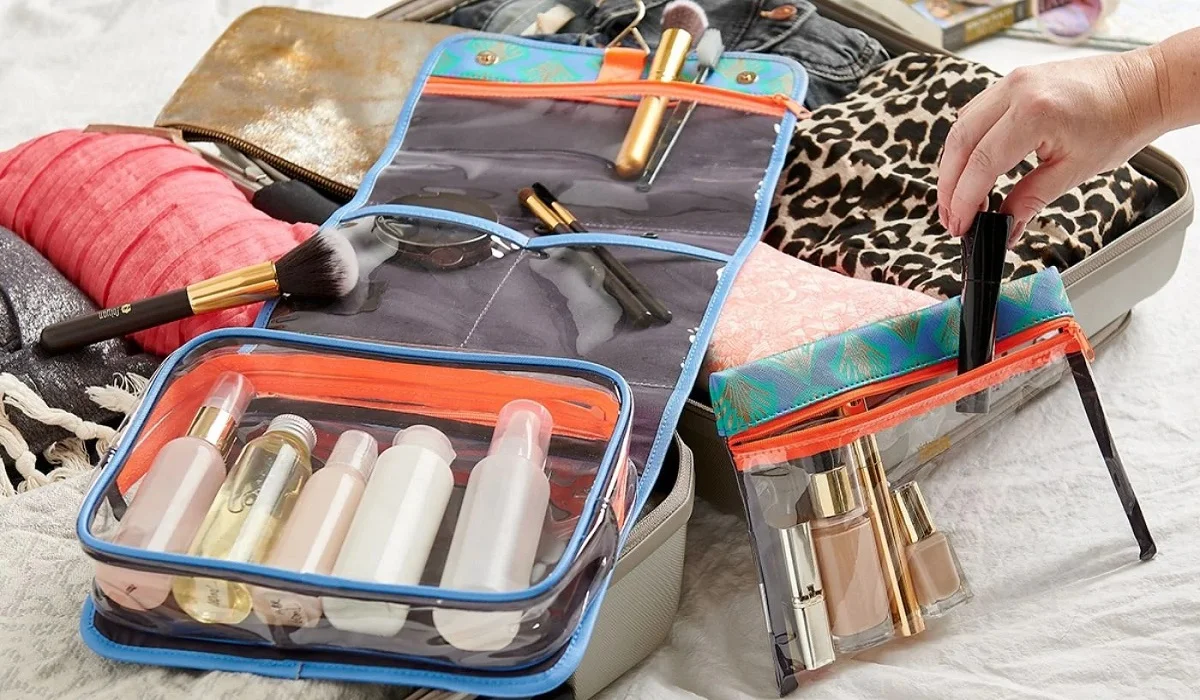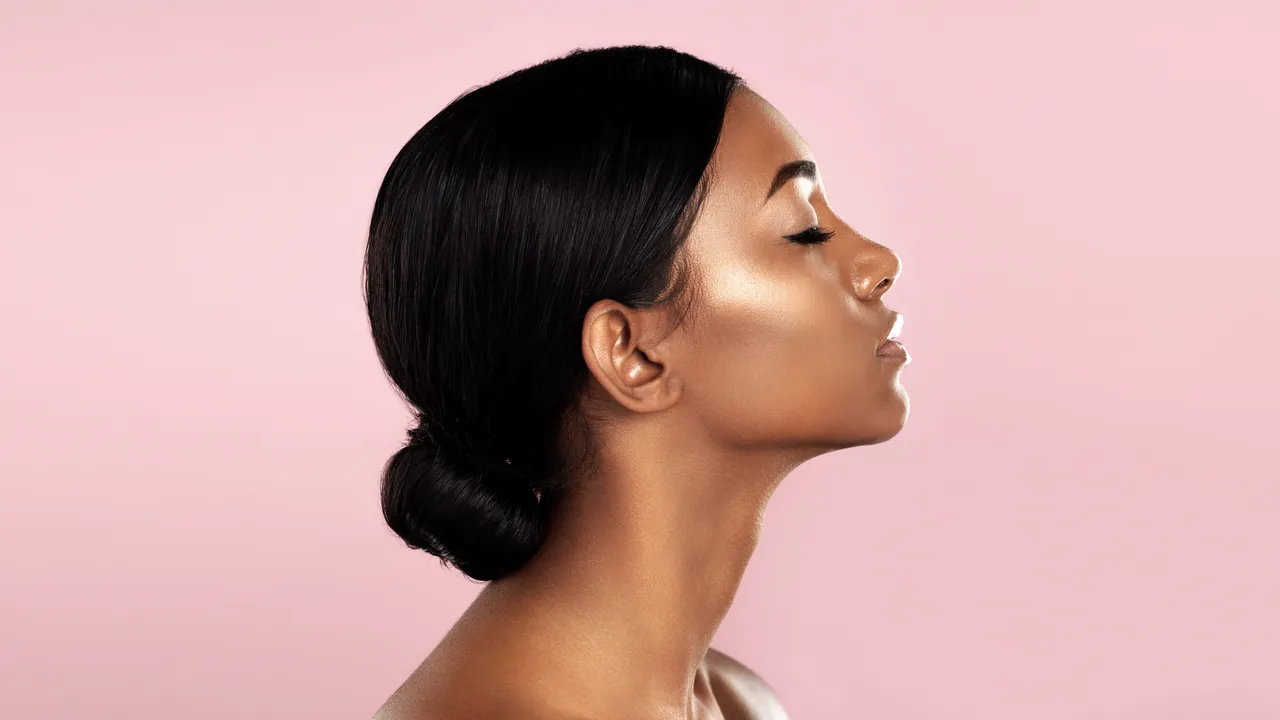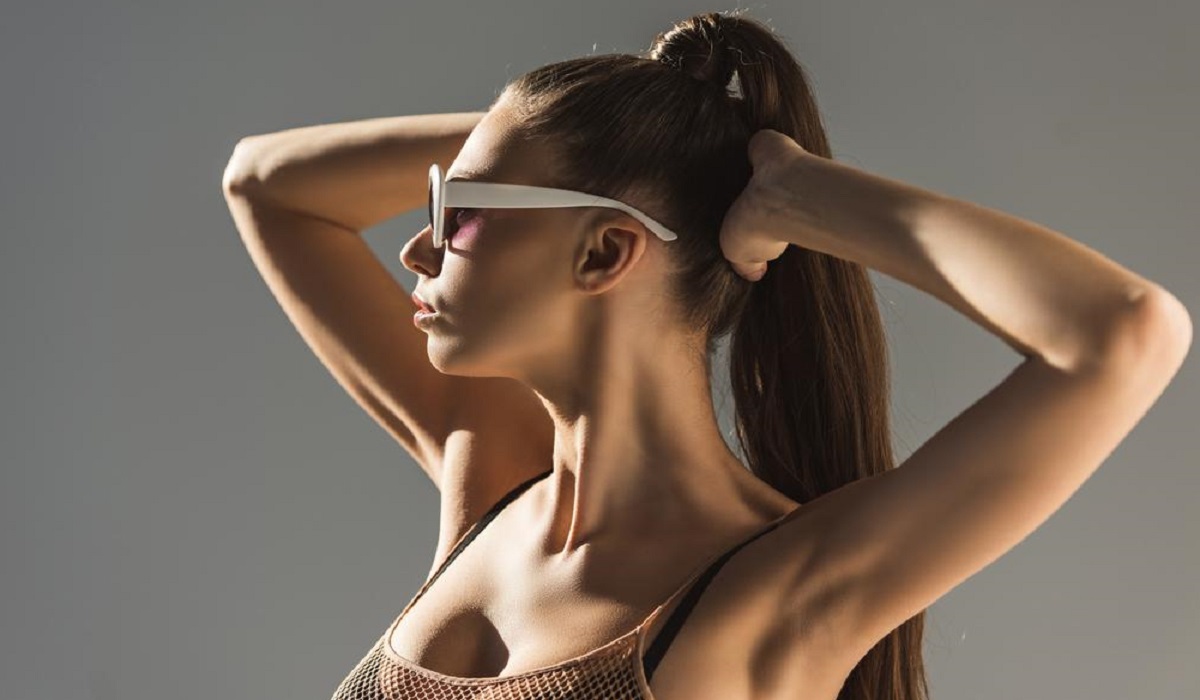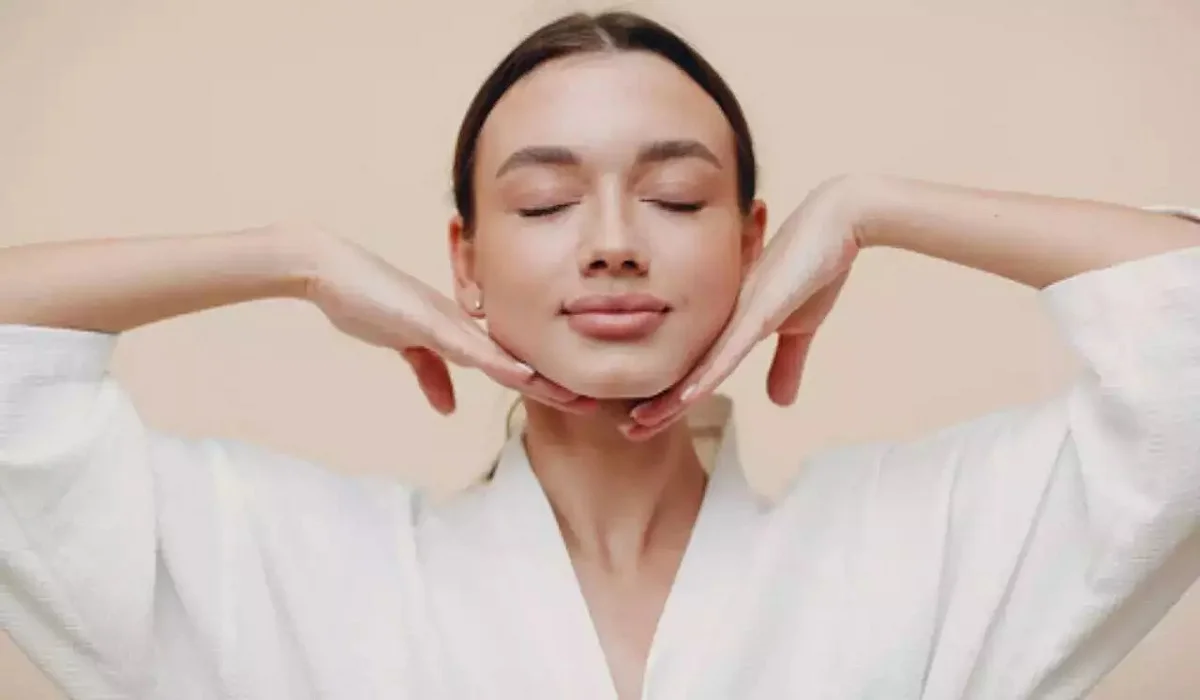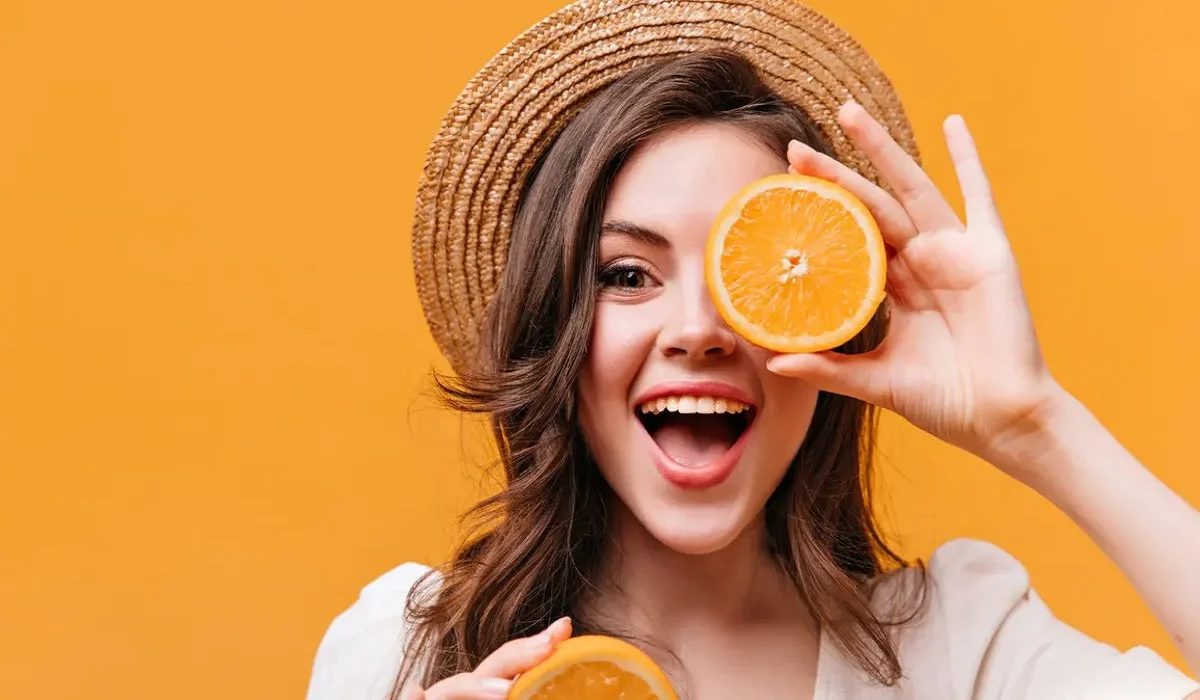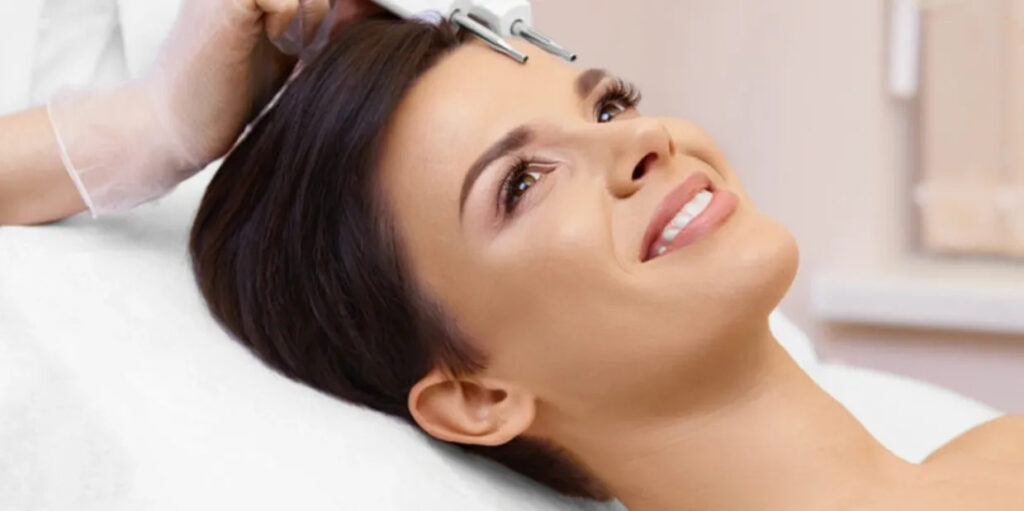
Microcurrent facial is a non-invasive cosmetic treatment that uses low-level electrical currents to stimulate the facial muscles, tighten the skin, and improve overall skin appearance. This procedure is gaining popularity among people who want to look younger without undergoing surgical procedures like facelifts or Botox injections. In this article, we will delve into the microcurrent facial treatment, its benefits, process, and risks.
What is Microcurrent Facial?
Microcurrent facial is a non-surgical cosmetic treatment that uses low-level electrical currents to stimulate facial muscles and improve overall skin appearance. The procedure involves the use of a microcurrent device that emits low-frequency electrical currents that mimic the body’s natural electrical currents. These currents stimulate the facial muscles, improve circulation, and promote collagen production. GO TO THE NEXT PAGE TO CONTINUE…
Benefits of Microcurrent Facial:
Stimulates Collagen Production: Microcurrent facial stimulates collagen production, which is essential for maintaining skin elasticity, reducing wrinkles, and fine lines.
Reduces Wrinkles and Fine Lines: Microcurrent facial tightens the skin, reduces wrinkles, and fine lines by stimulating facial muscles.
Improves Skin Texture: Microcurrent facial helps to improve skin texture, making it smoother and more even.
Increases Blood Circulation: Microcurrent facial improves blood circulation, bringing more nutrients and oxygen to the skin cells, resulting in healthier, glowing skin.
Lifts and Tones the Face: Microcurrent facial tones facial muscles, resulting in a lifted and more youthful appearance.
Process of Microcurrent Facial:
The microcurrent facial process involves the following steps:
Cleansing: The first step is to cleanse the face thoroughly to remove any dirt, oil, or makeup.
Toning: The next step is to apply a toner to the face to restore its natural pH balance.
Application of Conductive Gel: A conductive gel is applied to the face to help the microcurrent device glide smoothly over the skin.
Microcurrent Treatment: The microcurrent device is then applied to the face, and low-level electrical currents are delivered to stimulate facial muscles.

Mask Application: A mask is applied to the face to hydrate and soothe the skin.
Moisturizing: The final step is to apply a moisturizer to lock in the moisture and provide additional hydration to the skin.
Risks of Microcurrent Facial:
Although microcurrent facial is generally safe, it may cause some risks, including:
Skin Sensitivity: Microcurrent facial may cause skin sensitivity, redness, or irritation.
Muscle Fatigue: Overstimulation of facial muscles may cause muscle fatigue or soreness.
Nerve Damage: If the microcurrent device is not used correctly, it may cause nerve damage.
Not Suitable for Everyone: Microcurrent facial is not suitable for everyone, including people with pacemakers or other electronic medical devices.
Microcurrent facial is a non-surgical cosmetic treatment that uses low-level electrical currents to stimulate facial muscles, tighten the skin, and improve overall skin appearance. The benefits of microcurrent facial include stimulating collagen production, reducing wrinkles and fine lines, improving skin texture, increasing blood circulation, and lifting and toning the face. However, microcurrent facial may cause some risks, including skin sensitivity, muscle fatigue, nerve damage, and not suitable for everyone. Before undergoing microcurrent facial treatment, consult a qualified aesthetician or dermatologist to discuss if it is suitable for your skin type and medical condition.
Additionally, it is important to choose a reputable and experienced aesthetician or dermatologist to perform the treatment to minimize the risks.
It is also worth noting that the results of microcurrent facial treatment are not permanent and require regular maintenance sessions to maintain the desired effects. Most people require a series of treatments over several weeks or months to see significant improvements in their skin appearance.
In conclusion, microcurrent facial is a non-invasive cosmetic treatment that offers a range of benefits for improving skin appearance, such as reducing wrinkles and fine lines, improving skin texture, and lifting and toning the face. However, it is important to be aware of the potential risks and ensure that the treatment is performed by a qualified professional. Consult with an aesthetician or dermatologist to determine if microcurrent facial is the right choice for your skin type and medical condition. With proper care and maintenance, microcurrent facial can help you achieve a more youthful and refreshed appearance.

